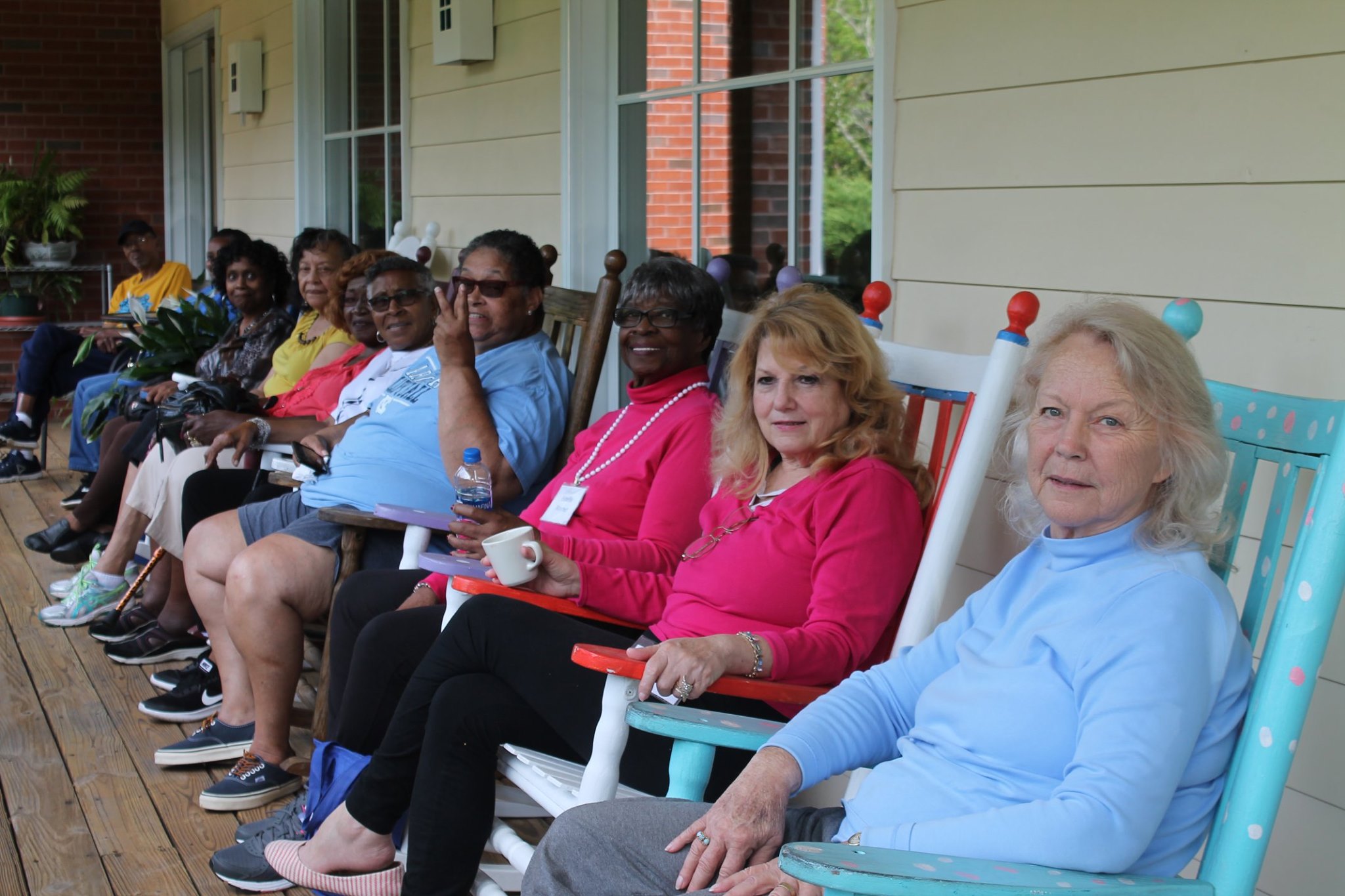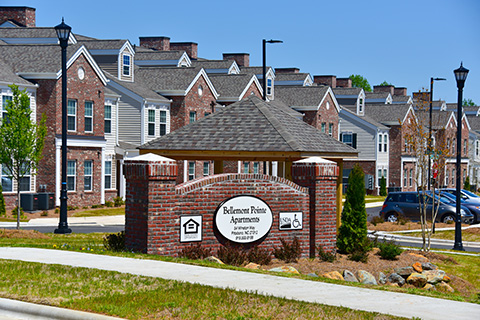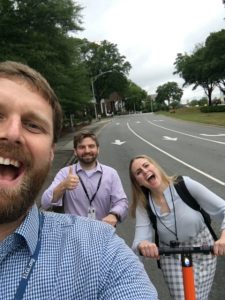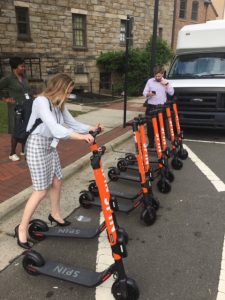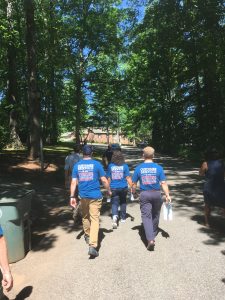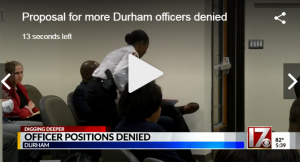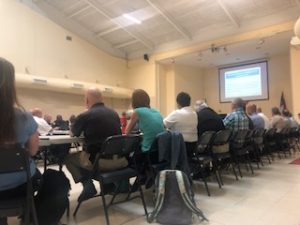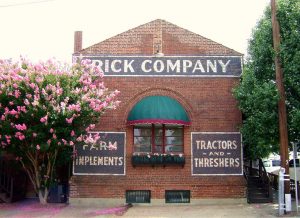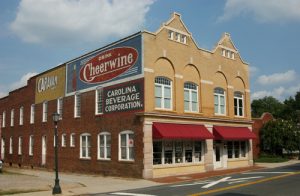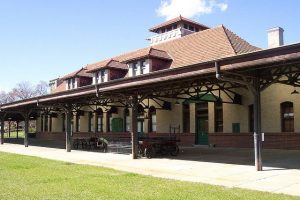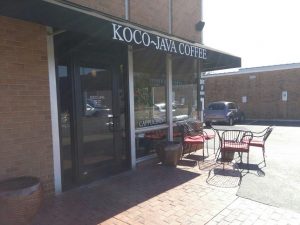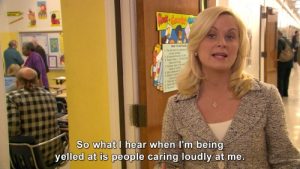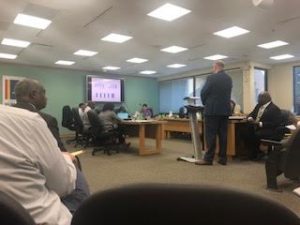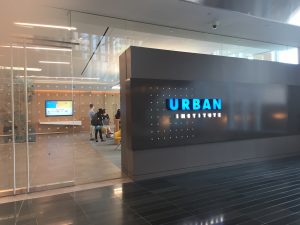
This was it – my week with Administration. I try not to play favorites, but I am earning a Master of Public ADMINISTRATION degree, so I forgive myself. Plus, I was very excited to learn from City Manager Bailey, a highly regarded City Manager and a great example to follow if you want to be a City Administrator someday (like me).
Monday featured a Management Team meeting in preparation for Tuesday night’s Council Meeting, when the FY20 (Fiscal Year 2019-2020) budget was to be adopted along with an agenda full of other action items. City Manager Bailey went around the room to check with every department, making sure not only that they were good to go, but also that he knew about any potential issues with the council or with people attending the meeting. For example, a Pickleball versus Tennis debate rages on in the City (it’s a long story that I will hopefully get to during my Parks and Rec post), and the Parks and Recreation Director made note that some people may use the public comment period to discuss that debate and how it affected the budget to be adopted.
Monday night, the City hosted a Public Hearing on “Fame,” a statue in the middle of downtown (and actually in the median of a main road, so really in the middle) that is owned by the Daughters of the Confederacy group and has made groups in town uncomfortable. As someone who was on UNC Chapel Hill’s campus when Silent Sam fell, I was very familiar with the debate. We will see what Council decides to do (or not do) after hearing public comment for 2 hours, but I will give my praise to the people of Salisbury for being civil and neighborly despite such a divisive issue.
Tuesday, I was able to shadow and talk with City Manager Bailey. After a check-in conference call with the Police Department (who are having an ironic problem of not getting grants because crime is getting too low to qualify), he had a conversation with a council member wanting to make sure they were fully prepared for the Council Meeting. At the Council Meeting, City Manager Bailey and staff presented the budget with 3 different options in regards to what Council wanted to do with the extra revenue gained by NOT lowering the tax rate, which I thought was an interesting way to make things simpler for council. The budget was adopted (WOOT WOOT) and will be posted here by July 1.
One important note worth mentioning, especially for future City Managers: whenever Council criticized something, Mr. Bailey was adamant that he was recommending the budget because he supported every decision in it, never coming close to blaming staff.
One cool project I have been working on all week is researching community engagement done by local governments across the United States…and a few in Canada. Salisbury has a few great programs, including Community Engagement Walks on Fridays and Chit, Chat, and Chew events, all in different neighborhoods throughout the City. However, staff want to know how they can reach more citizens to increase participation at Council Meetings and other community events. One cool option many cities are doing is to use online engagement, especially through a single website that lists all projects and events. This allows engagement from people who have tough schedules or simply don’t want to go to a Council Meeting (I understand that others don’t love them as much as me). Another interesting option is Participatory Budgeting (PB), where local governments allocate money to projects submitted and voted on by citizens. In fact, we had a conference call with the City of Durham this week, which allocated $2.4 million to PB projects, and lets students under the age of 18 vote as well!
If you want to know more about PB or the City of Durham, go check out Hallee Haygood’s blog! Otherwise, you can stick with me and come back next week for some engineering!!! (seriously though, you should check out the other blogs!)



